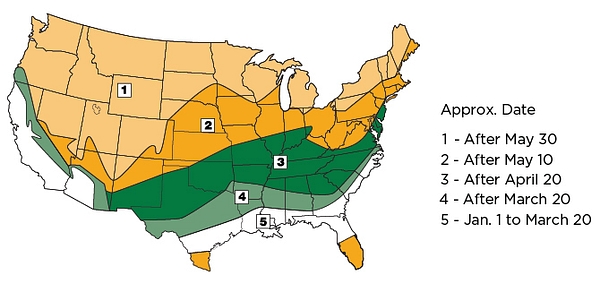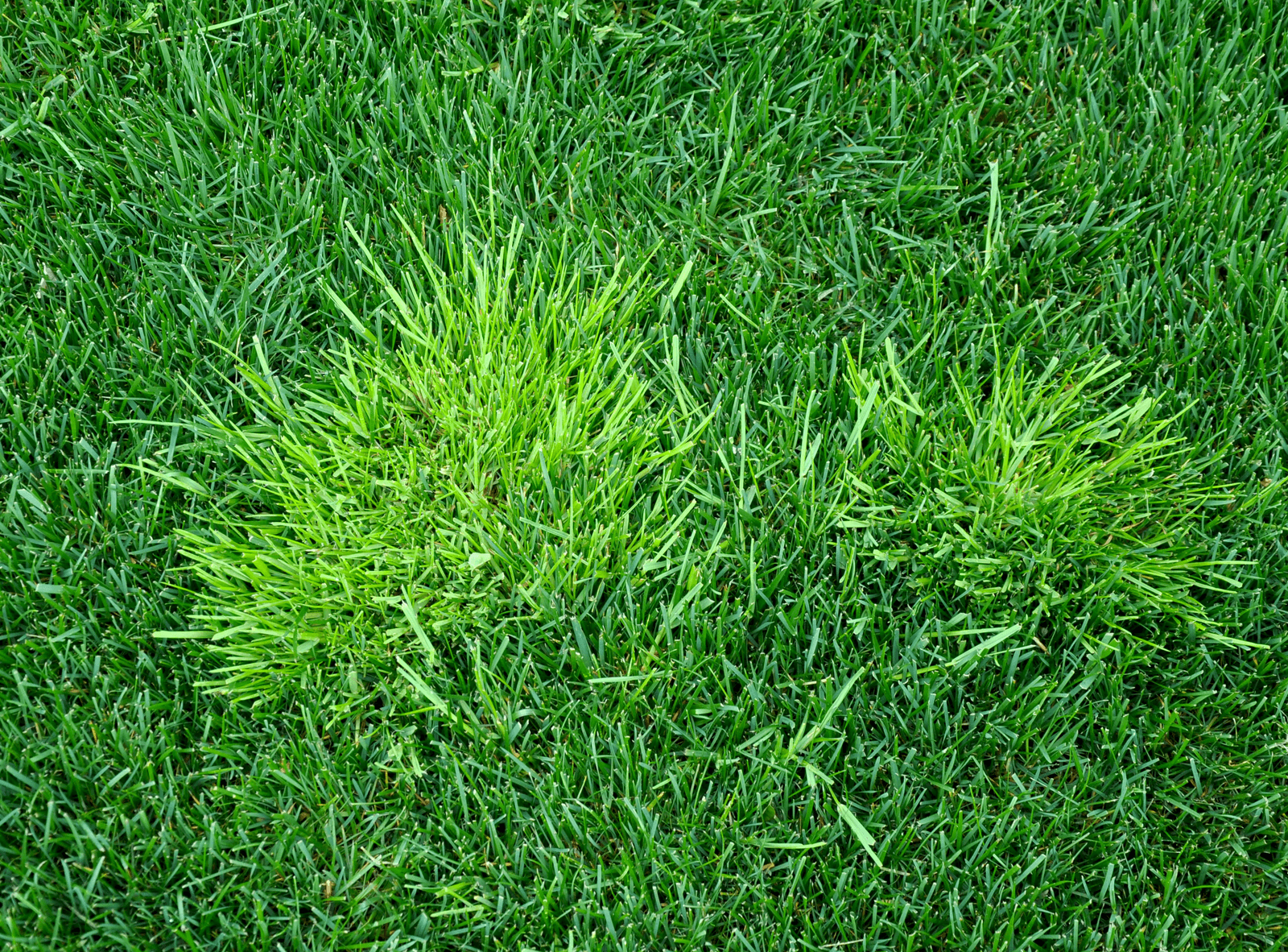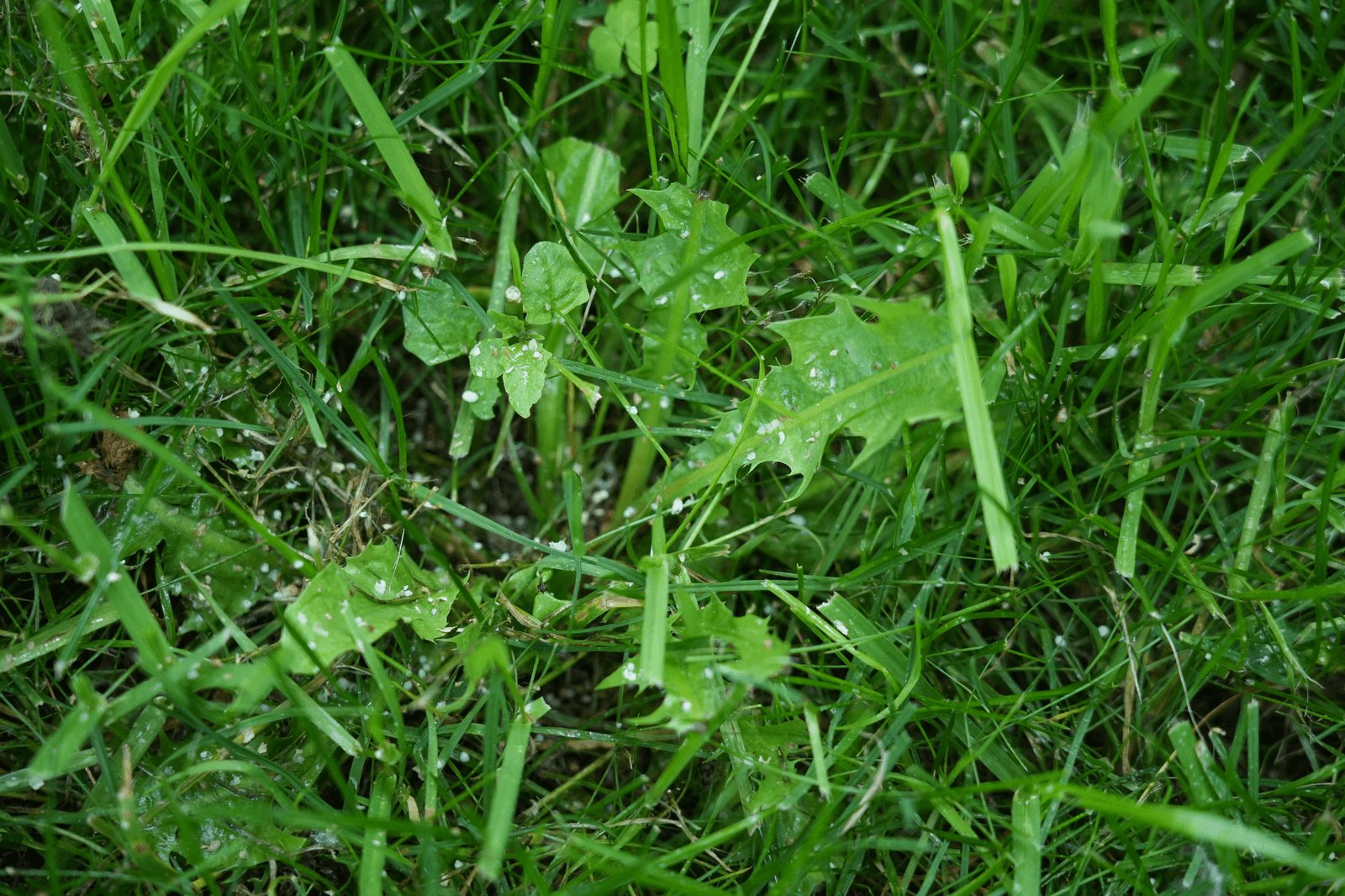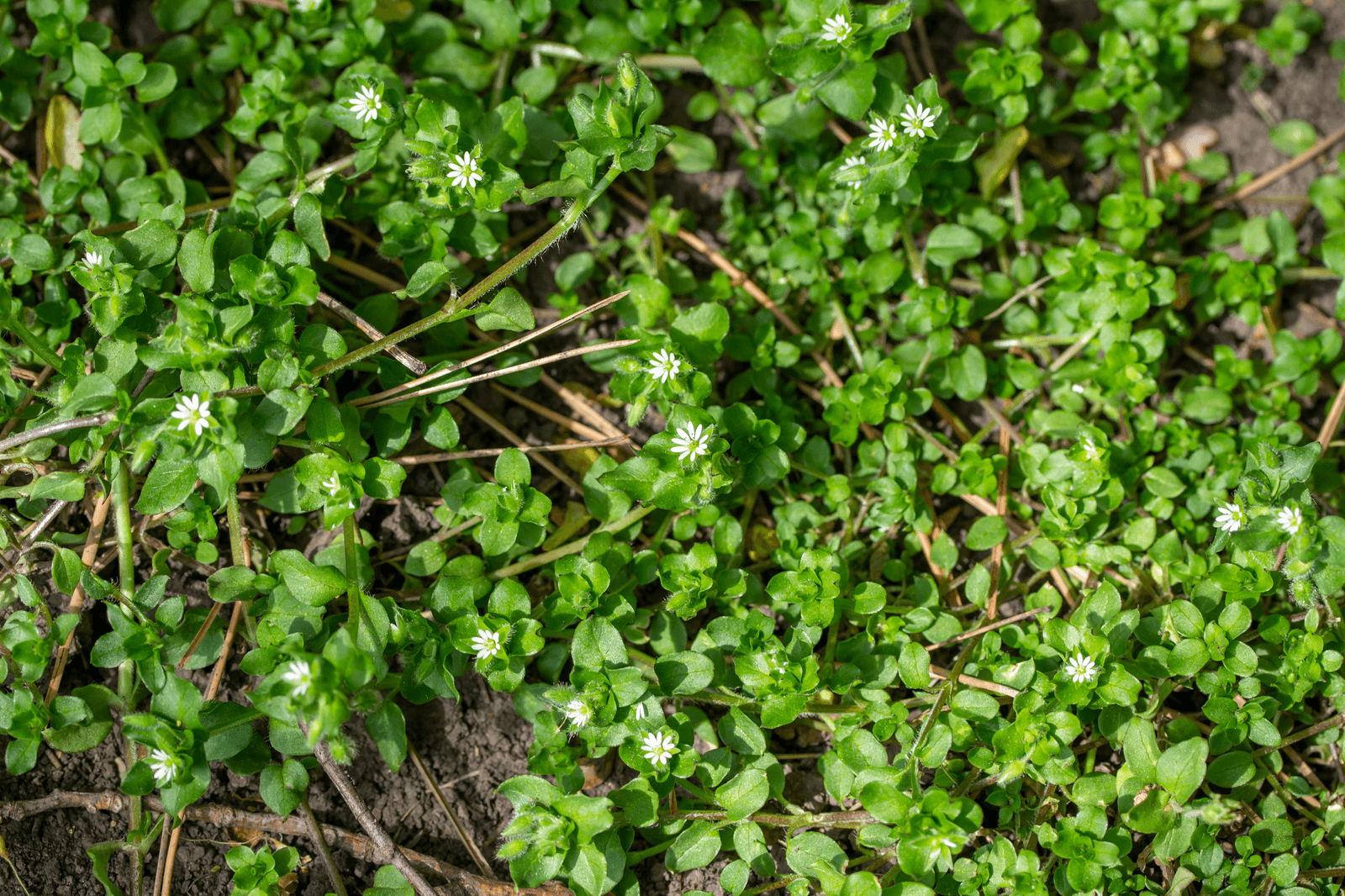Poa annua, also known as annual bluegrass, is a very common, grassy weed that interrupts the uniformity of your lawn. The seeds of this annual weed can lay dormant for years before deciding to grow, making prevention that much harder.
WHAT DOES POA ANNUA LOOK LIKE?
The first thing you need to know when preventing poa annua is how to identify it. Poa annua is a grassy, winter weed that can easily be mistaken for other common weeds, so distinguishing it is key. Luckily, it has several telling characteristics. Poa annua will be a much brighter shade of green than your lawn, and it always grows in clumps. Its leaves are smooth with a pointed tip and feather-like seeds sprout from the ends of its leaves in an almost-white or light green shade, typically in the spring.
WHEN AND WHERE WILL POA ANNUA GROW?
Knowing when and where poa annua will grow is important. Poa annua is most common in warm season lawns. Its seeds will begin to germinate in the early fall when soil temperatures drop below 70 degrees, and the weeds will then grow and be obvious in the spring. Poa annua will grow wherever grass is present, even in shaded areas, and in other natural areas such as garden beds and mulch. Poa annua thrives in moist and compact soil.
HOW TO PREVENT POA ANNUA
The best way to prevent poa annua is by applying a pre-emergent herbicide before the seeds germinate. Since poa annua germinates in the early fall when soil temperatures drop below 70 degrees, apply a pre-emergent in the fall before the first frost and before the soil temperature reach below 70 degrees.
Pre-emergents target new weeds from appearing and targeting them while they are still seeds. We recommend applying Barricade, Barricade Plus Lawn Food or Dimension Plus Lawn Food to prevent poa annua.
Applying two treatments in the fall 6 to 8 weeks apart will give longer protection from poa annua seeds that may germinate later on. You will also need to apply again in the spring when temperatures start to increase. See the map below on the ideal time to apply a pre-emergent in the spring based on location.

Poa annua will die off in the summer. If you see poa annua anywhere in your lawn in the spring or summer, you will need to treat your lawn in the fall and in the next spring to prevent poa annua from returning.





